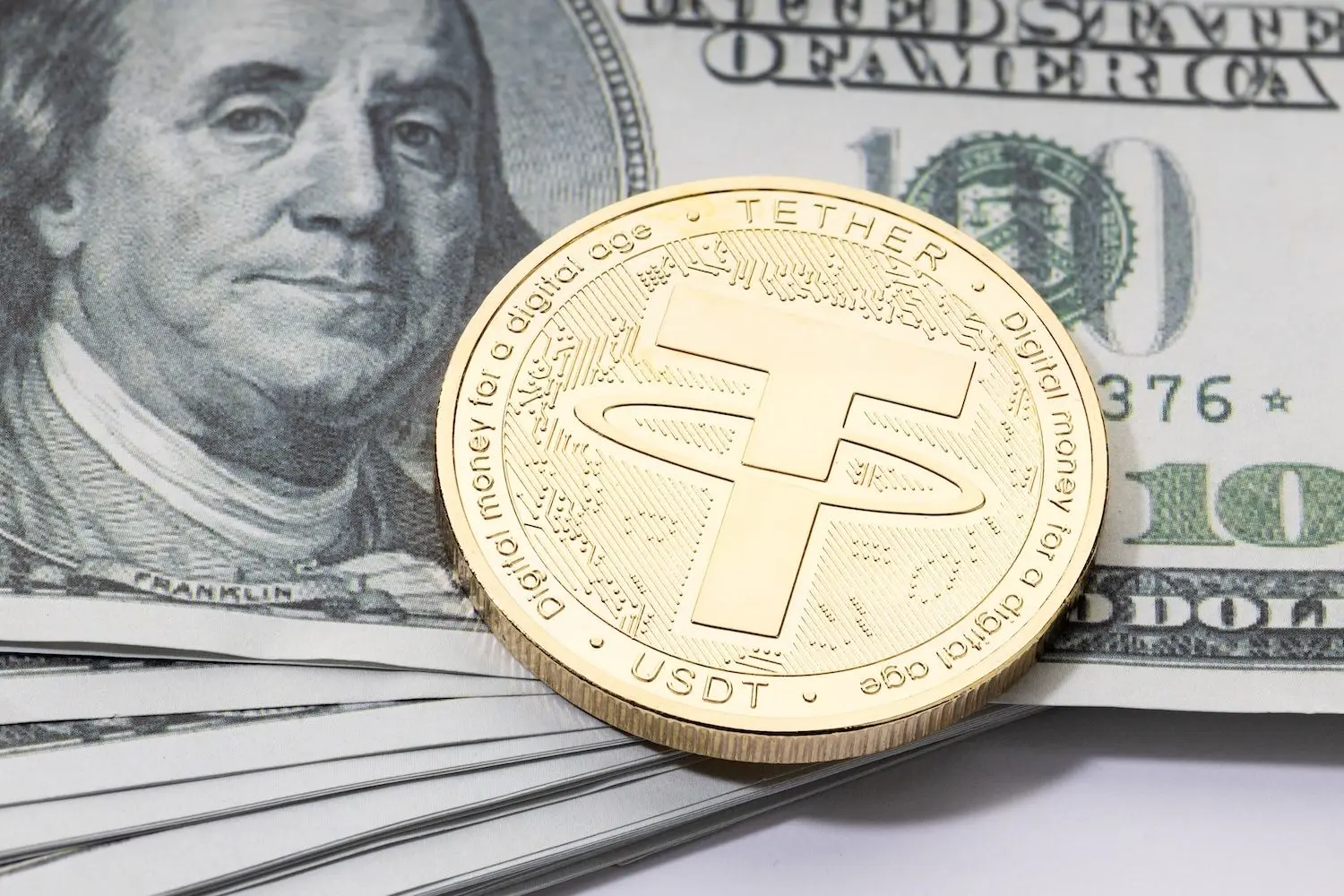S&P Global Ratings has downgraded the stability assessment of Tether’s USDT to its lowest classification, warning that the world’s largest stablecoin is now more vulnerable to reserve shortfalls if Bitcoin prices continue to fall.
The rating was lowered from “constrained” to “weak,” reflecting what analysts described as a deterioration in the composition of USDT’s backing.
Tether CEO Paolo Ardoino responded sharply to the downgrade in a post on X, saying the company “wears your loathing with pride.”
What Happened
According to the report published Wednesday, S&P said USDT’s reserve quality has weakened due to a growing share of higher-risk assets such as Bitcoin, gold, secured loans and corporate debt, alongside continued gaps in transparency around how those assets are managed.
Analysts Rebecca Mun and Mohamed Damak noted that Bitcoin now accounts for about 5.6% of the stablecoin’s circulating supply. That allocation exceeds the 3.9% overcollateralization buffer Tether maintains, meaning the reserves may not fully offset sharp declines in Bitcoin’s value.
The analysts said that if Bitcoin prices fall further, combined with drops in other risk-sensitive reserve assets, USDT’s coverage ratio could slip below 100%, resulting in potential undercollateralization.
Why It Matters
Stablecoins are designed to hold a steady price, typically pegged to the U.S. dollar, backed by holdings such as cash or short-dated government securities.
S&P’s downgrade comes during a volatile month for Bitcoin, which is on pace for its worst monthly performance since the market turmoil of 2022.
Despite that backdrop, USDT’s circulating supply has risen by roughly $1 billion in November to $184.4 billion, according to CoinGecko data.
S&P also highlighted concerns about limited disclosure from Tether.
The report pointed to insufficient detail on the financial strength of custodians and counterparties, as well as a lack of information on reserve-management practices.
Additional weaknesses include the absence of asset segregation to protect customers if the issuer becomes insolvent, and restrictions on redeeming USDT directly with Tether.
Ardoino further said that traditional rating frameworks used for banks and financial institutions are “broken,” claiming they have historically assigned high ratings to firms that later collapsed.
Ha dded that Tether’s structure is designed to operate outside what he called the “force of gravity of the broken financial system.”
“Tether instead built the first overcapitalized company in the financial industry, with no toxic reserves,” he said, adding that the company remains “extremely profitable” and that criticism reflects discomfort from “the traditional finance propaganda machine.”
Read Next: Financial Giants Choose Specialized Networks Over Ethereum Amid Privacy Concerns

